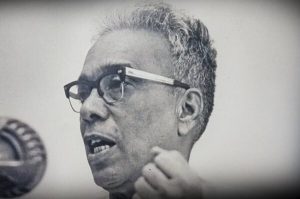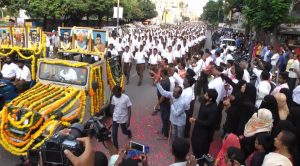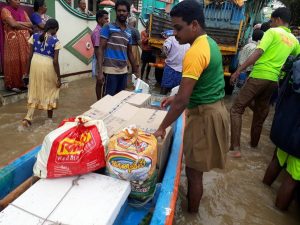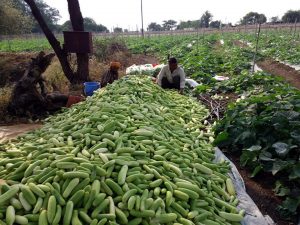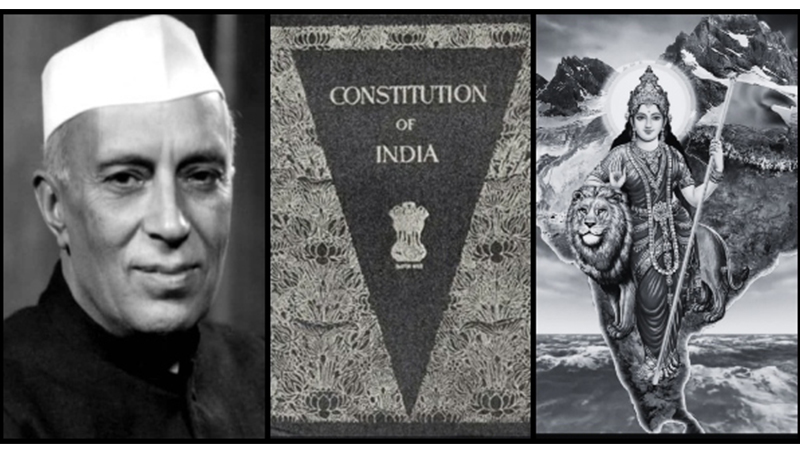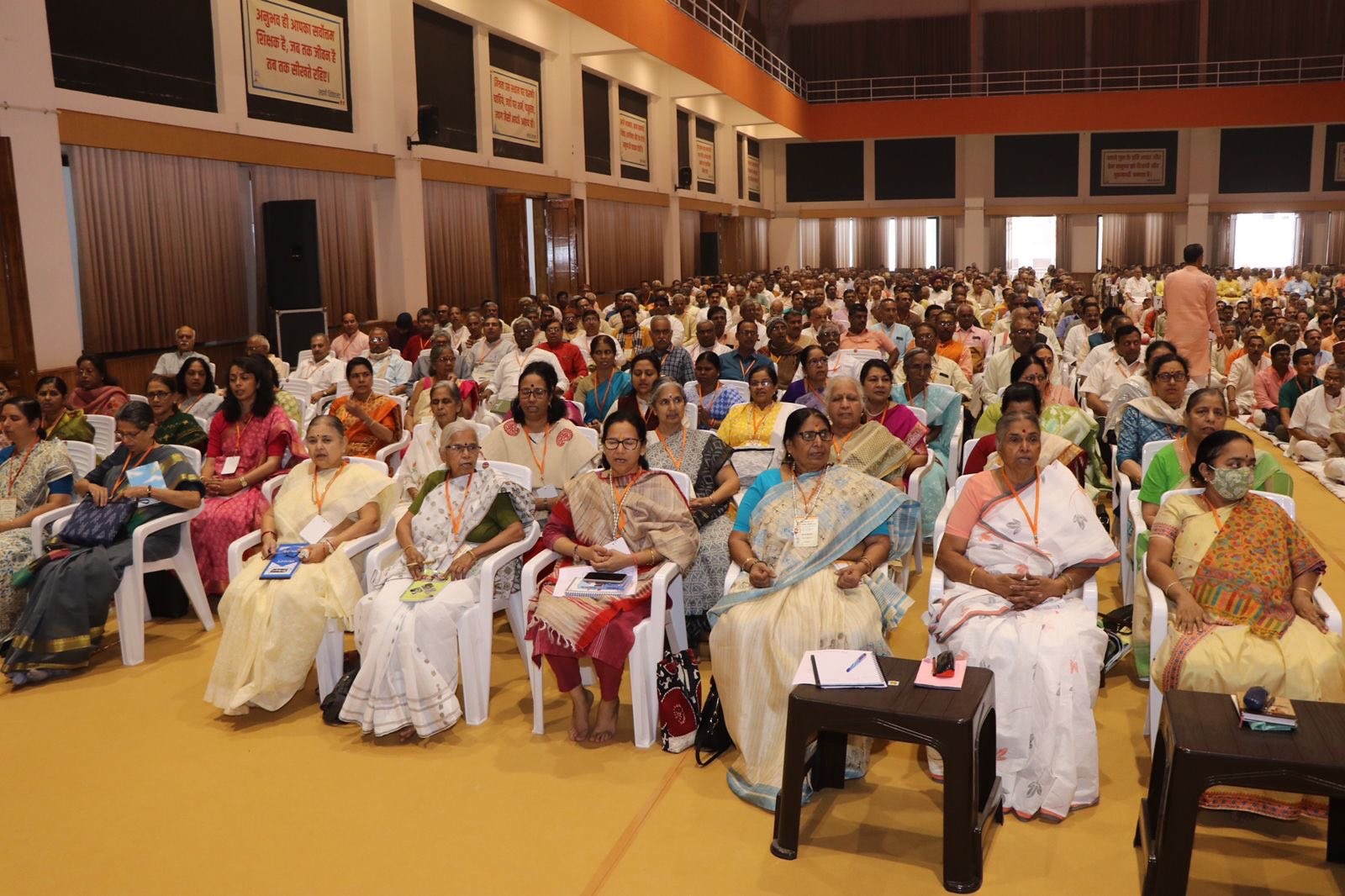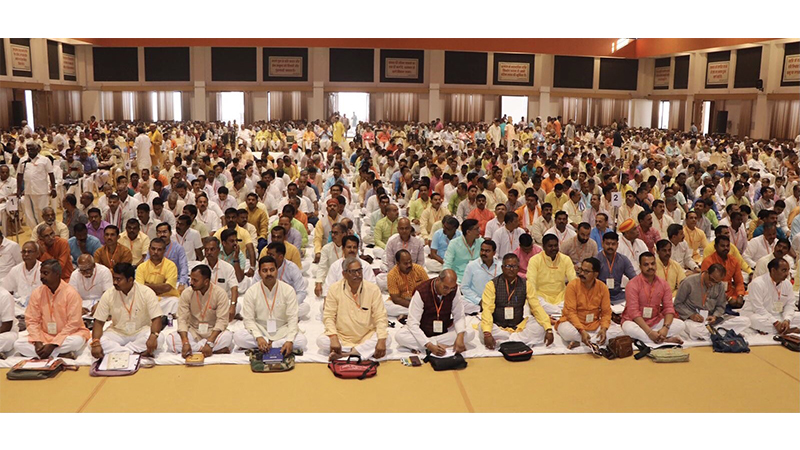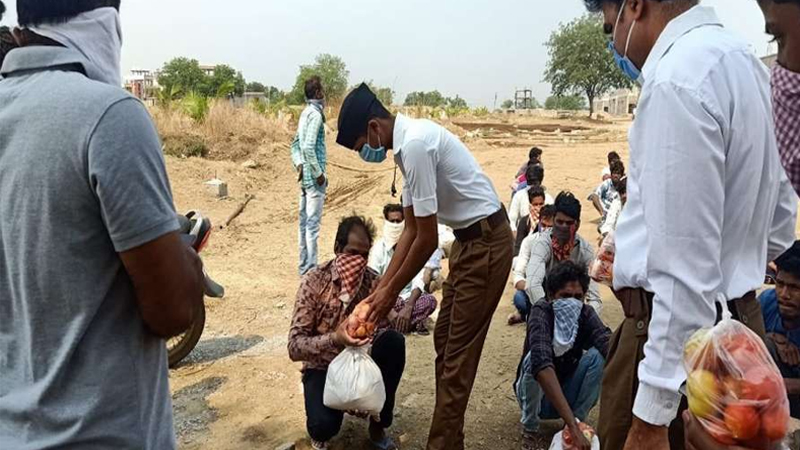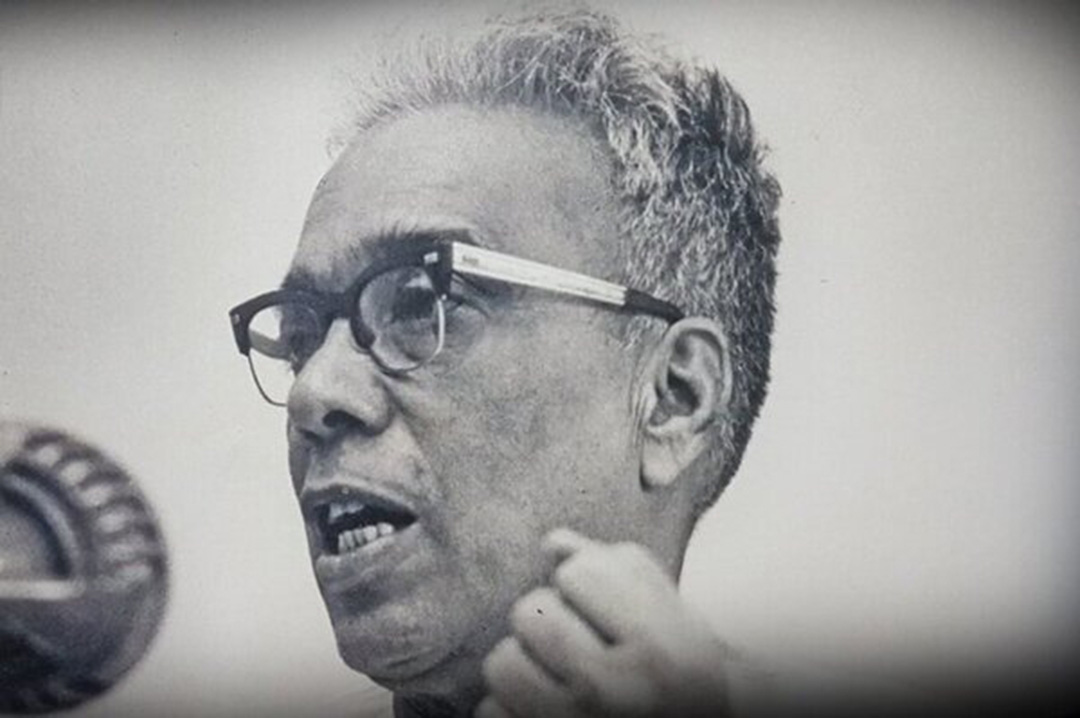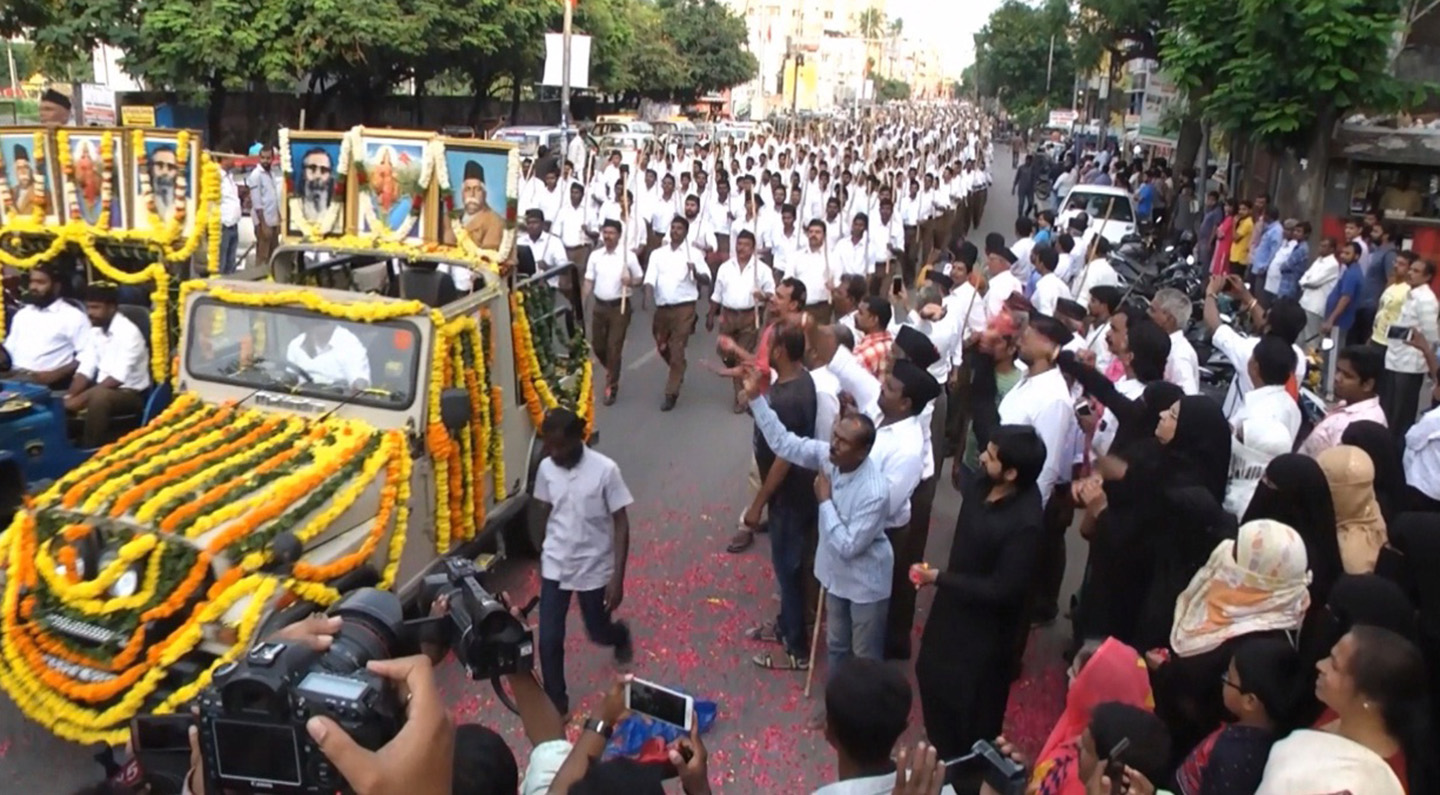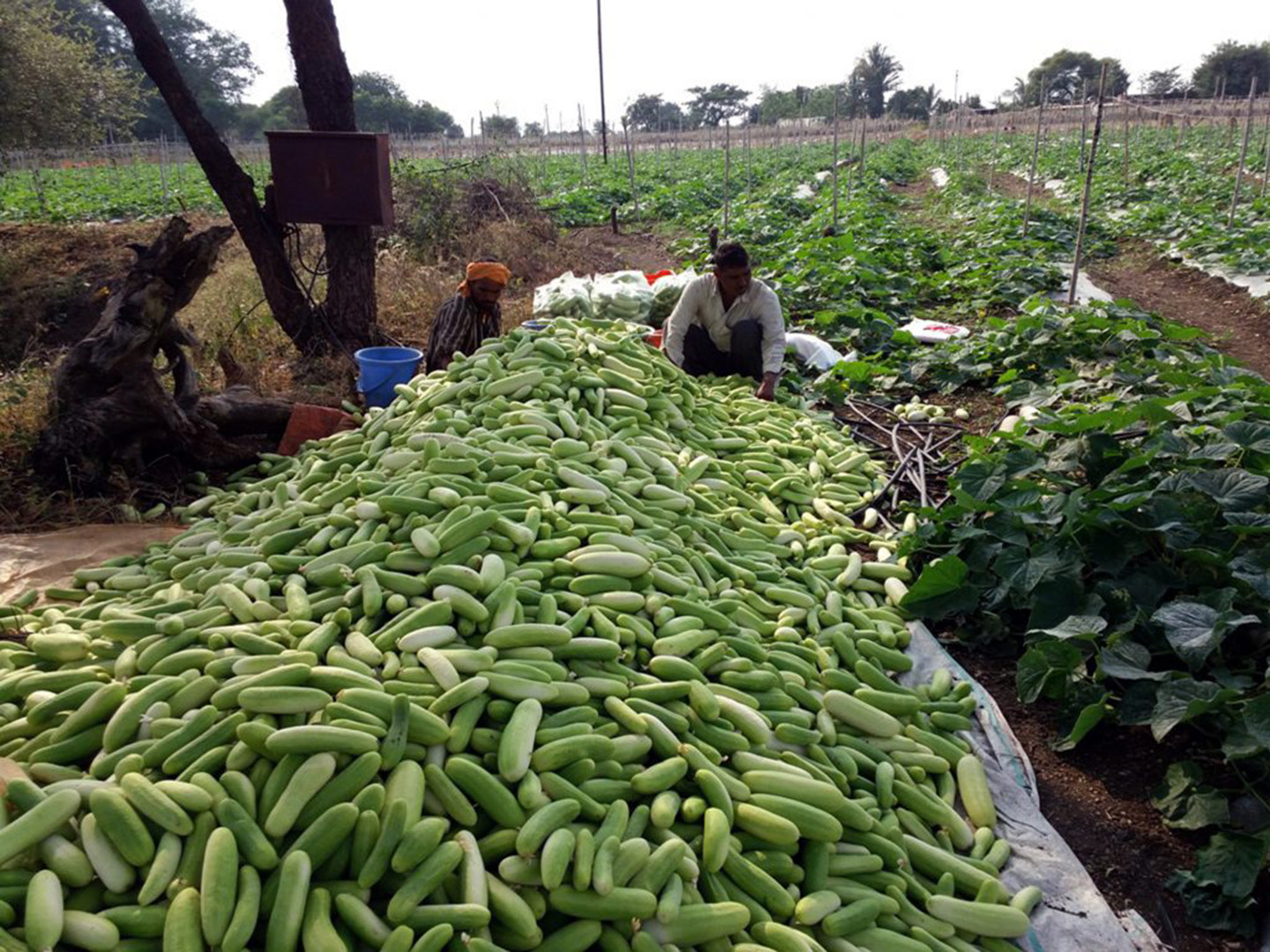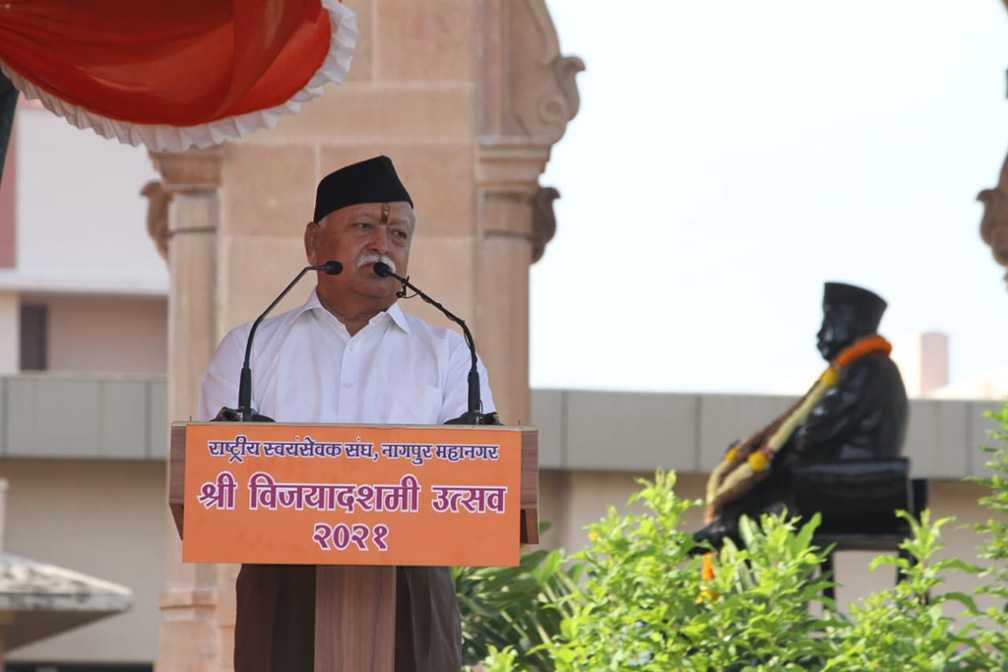The Beginning
Updated: February 6, 2023 6:09
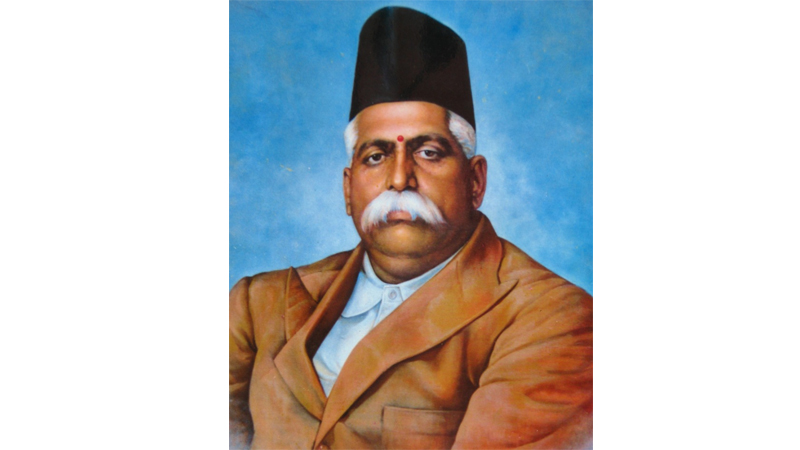
The RSS was founded by a medical doctor Dr. Keshav Baliram Hedgewar who devoted much of his life for setting up an organisation which has today grown to become arguably the largest voluntary organisation in the world. RSS has around 60,000 plus Shakhas (a daily gathering of volunteers) around over the country. This does not include millions of volunteers who work in various organisations inspired by the RSS. Over a period of time, the RSS and its frontal organisations have come to be known as, Sangh Parivar (Sangh family).
Keshav was born on Sunday, 1st April, 1889. He started RSS at the age of around 36 years with a handful of teenagers in Nagpur in 1925. The Hedgewar family originally hailed from Kandkurti village in Telangana. Near the village is the sacred confluence of Godavari, Vanjra and Haridra rivers. This confluence finds mention in several Indian sacred texts.
The place also witnessed a confluence of three robust Indian languages – Kannada, Telugu and Marathi. At one time, the place was a hub of scholars.
But to look out for better opportunities, many Brahmin families left Telangana region. Many of them settled down in Nagpur as the Bhonsle rulers were known to be patrons of Vedic learning. Among them was a Narhari Shastri, whose great grandson was Baliram Pant Hedgewar. In 1853, Nagpur came under the British rule. Vedic learning took a backseat after that as English education took over the former. As a result, many scholars had to resort to priesthood to earn their livelihood. Baliram Pant was one of them. Priesthood didn’t bring much money to the family and there were severe financial constraints. Even under such conditions, Baliram along with his wife Revatibai lived a life of contentment. They had in all six children including three sons – Mahadev, Seetaram and Keshav: and three daughters – Saroo, Rajoo and Rangoo. Keshav was the fifth child.
At the age of 13, Keshav lost both his parents to plague. But he continued with his studies amidst quite adverse conditions. He studied in various institutions in Nagpur, Yavatmal and Poona and joined the national movement for freedom. He was greatly influenced by the firebrand nationalism of Lokmanya Bal Gangadhar Tilak. In 1910, he left for Calcutta to study medicine. Trilokynath Chakravarty has written in his book titled ‘Thirty Years in Jail’, that Keshav Baliram Hedgewar was granted membership of ‘Anushilan Samiti’, a well-known revolutionary group of freedom fighters at that time. Keshav studied medicine and stayed in Kolkata from 1910 to 1916.
He came back to Nagpur in 1916 and, along with his friend Bhauji Kavre, and tried to set up revolutionary groups in Vidharbha and Marathwada regions but these efforts were met with limited success. While trying to set up these groups, he came in contact with the Akharas and Vyayamshalas (Gymnasiums), in Nagpur. In 1921, there were around 230 Akharas. The number increased to 570 by 1931. Dr. Hedgewar had developed a strong network among many of these Akharas (which were also local gymnasiums like Vyayamshalas, where traditional Indian sports like wrestling, were practiced). He developed this network while working for the national freedom movement. In 1921, he participated in the Non-Cooperation Movement and was jailed by the British government on various charges including that of sedition. He read out a written statement in August 1921 while being on trial on the charges of sedition. The written statement said:
1.“It has been charged that my speeches have spread discontent, hatred and feelings of sedition towards the British Empire in the minds of Indians and sown seeds of enmity between Indians and And I have been asked to explain. I consider it an affront to the dignity of my great country that a foreign government should subject a native Indian to inquiry and sit in judgement.
2.I do not recognize that there exists in India today any lawfully established government. It will be surprising if anybody should claim What obtains today is a regime of usurped authority and a repressive rule deriving power therefrom. The present laws and courts are but handmaids of this unauthorized regime. In any part of the world, it is only a government of the people constituted for the people that is entitled to administer law. All the other forms of rule are but ruses adopted by deceitful usurpers to loot helpless nations.
3.What I tried to do was to inspire in the hearts of my countrymen an attitude of reverential solicitude for their motherland which at the moment happens to be in a wretched condition. I tried to instill in the people the conviction that India belongs to If an Indian speaking for his country and spreading the nationalist feeling is regarded as committing sedition, if he cannot speak the truth without promoting hatred between Indians and Europeans, Europeans and those claiming to be the Indian government would do well to bear in mind that the day is not far off when foreigners will be forced to quit this country.
4.The government’s version of my speech is neither accurate nor Some stray notes and absurd sentences have been sloppily put together. But that does not bother me. In dealing with Britain and Europeans, I have borne in mind only the basic principles that ought to govern the relationship between two countries. Whatever I have said has been with a view to asserting the birthright of my countrymen and the inevitability of securing our independence. I am prepared to stand by each word that I have uttered. Though I cannot say anything else concerning the charges against me, I am prepared to justify each word and letter of my speech; and I declare that whatever I have said is lawful.”
A British judge exclaimed after hearing the statement: “His defense is even more seditious than his original speech!” Dr. Hedgewar was sentenced to one year imprisonment. He was released in July 1922 from Ajani Jail and the same evening a public reception was organized in which the then senior Congress leader Motilal Nehru (father of independent India’s first Prime Minister Pandit Jawahar Lal Nehru), and Hakim Ajmal Khan also addressed the gathering. The weekly Maharashtra wrote in an article on Dr. Hedgewar’s release from jail saying: “No words can adequately describe Dr. Hedgewar’s intense spirit of patriotism and selflessness. These traits of his have now become all the more resplendent after the fire ordeal.”
There are various accounts as to what propelled Dr. Hedgewar to establish the RSS and devote his complete life for building this organisation. One can say that there was no single incident but several factors which probably motivated him to do so. That included growing tendency of appeasement of the Muslims which was reflected in some of the moves by Congress such as rejection of a resolution seeking ban on cow-slaughter at the All India Congress Committee Session in 1920.
Along with this, there were certain international developments which were indicating that the Second World War could happen in the years to come. Appaji Joshi who worked closely with Dr. Hedgewar in Congress recounted that he used to predict that Germany would definitely try to take revenge for its defeat in the First World War and that would result in the Second World War. It would take around 20 years and could happen by 1940. Dr. Hedgewar felt that there was a need for a strong cadre-based disciplined organisation which could take advantage of the situation and force the British government to give freedom to India. He strongly felt that the time till 1940 should be used to set up such an organisation and strengthen it so that it could yield a final blow to the British rule.
His experience in the armed revolutionary struggle and the non-violent national struggle under the leadership of Mahatma Gandhi also made him realise that unless a disciplined cadre-based and well-trained nationalistic organisation addresses fundamental issues of building strong nationalistic character, India might not be able to sustain its freedom even if it is able to attain it. The Hindu- Muslim riots following the Non-Cooperation movement further disillusioned him from the existing tactics deployed by the then leaders of the freedom struggle. He felt that instead of addressing the basic issues, quick fix remedies were prepared which could not provide long- term permanent solutions.
The RSS was founded on the festive day of ‘Vijaydashmi’, also known as, ‘Dussehra’, in 1925. This festival marks the victory of good over evil. According to the Indian history, this is the day when Lord Rama, who represented the ‘Good’, killed King Ravana, a symbol of ‘Evil’. It is interesting to note that the RSS was founded with only 15-20 young men and teenagers. Those who were present there included Bhauji Kawre, Anna Sohni, Vishwanathrao Kelkar, Balaji Huddar and Bapurao Bhedi. Initially there were no formal plans. The only agenda was to train the young men making them physically, mentally and intellectually strong to serve the country. The first daily Shakha of RSS actually began from May 28, 1926 which had a regular schedule. The place where daily gathering of the initial volunteers/Swayamsevaks of the RSS took place was Mohitewada Ground in Nagpur, which is today a part of the sprawling RSS headquarters complex. Initially, some commands to Swayamsevaks were given in Sanskrit. There were some commands given in English also but they were gradually replaced by the commands in Sanskrit or in local Indian languages over a period of time as the RSS grew. There was a conscious effort to repose and rekindle faith in the Indian culture with Sanskrit as its integral part. Even today, this tradition of giving key commands in Sanskrit continues at thousands of daily Shakhas. A Saffron Flag used to be hoisted which is known as Bhagwa Dhwaj, in RSS terminology and the first Shakha used to begin with a salutation to the Saffron Flag. This tradition continues even today with the beginning and end of every daily Shakha happening with a salutation to the Saffron Flag which is designed in such a fashion that it appears to have two flames of fire. The importance, reasoning and philosophy of this particular chore performed at daily Shakha has been explained later in this book. The first daily Shakha used to end after recitation of a concluding prayer which was a combination of Marathi and Hindi verses. Later on, it was replaced by a Sanskrit prayer. Both these prayers were focussed on nurturing nationalistic feelings among the Swayamsevaks. The initial prayer for the first
Shakha could be translated as:
“Salutations to the Motherland where I am born.
Salutations to the Hindu Land where I have been brought up. Salutations to the Land of Dharma for which may my body fall.
To Her, I salute again and again.”
Currently the prayer in Sanskrit is also on similar lines. Its meaning has been explained later in the book along with its importance for the RSS.
It is interesting to note that the RSS got its present name almost six months after it was founded. On April 17, 1926, Dr. Hedgewar called a meeting at his house in which 26 Swayamsevaks participated. A detailed discussion followed to decide the name of the organization for which everyone contributed their ideas. None of them were aware that the name decided at the meeting would one day find huge resonance across the globe in the years to come. Several names were suggested and each of the names was discussed threadbare. And finally the name, ‘Rashtriya Swayamsevak Sangh’, was chosen.
